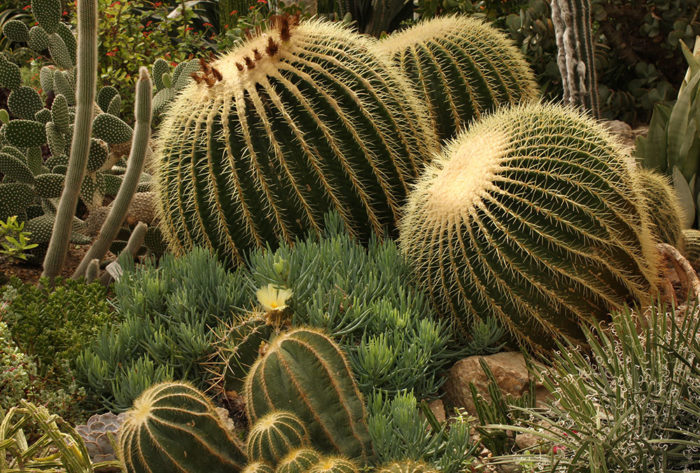
Plant or transplant cacti. This is a great time to start planting cacti and succulents and to start transplanting perennials, but be sure to increase your watering routine as temperatures rise. If you’ve ever wondered how to replant or transplant cacti without bleeding out, we’ve accumulated a few tricks over the years. Our favorite tool for moving small- to medium-sized cacti is a simple pair of barbecue tongs. They’re a bit larger than kitchen tongs, and they help hold the cactus in place while planting or moving. For larger cacti, we always keep some old carpet on hand. Wrapping a cactus in carpet while lifting or planting is a huge help. Some of those larger needles can still poke through, though, so beware. We recently had to transplant a 4-foot saguaro (Carnegiea gigantea, Zones 8–11) that was planted way too close to our home. The carpet wrapped around it worked like a charm. Our final tip for planting cacti is to invest in a high-quality pair of cactus gardening gloves. Typically these gloves are made of leather, either goat or cowhide, and extend to your elbows. Exemplary Gardens makes a great pair for men or women in multiple colors. They work great for anything with thorns or needles. Trust us—what you’ll save on adhesive bandages will buy you a pair of gloves that will last for years.
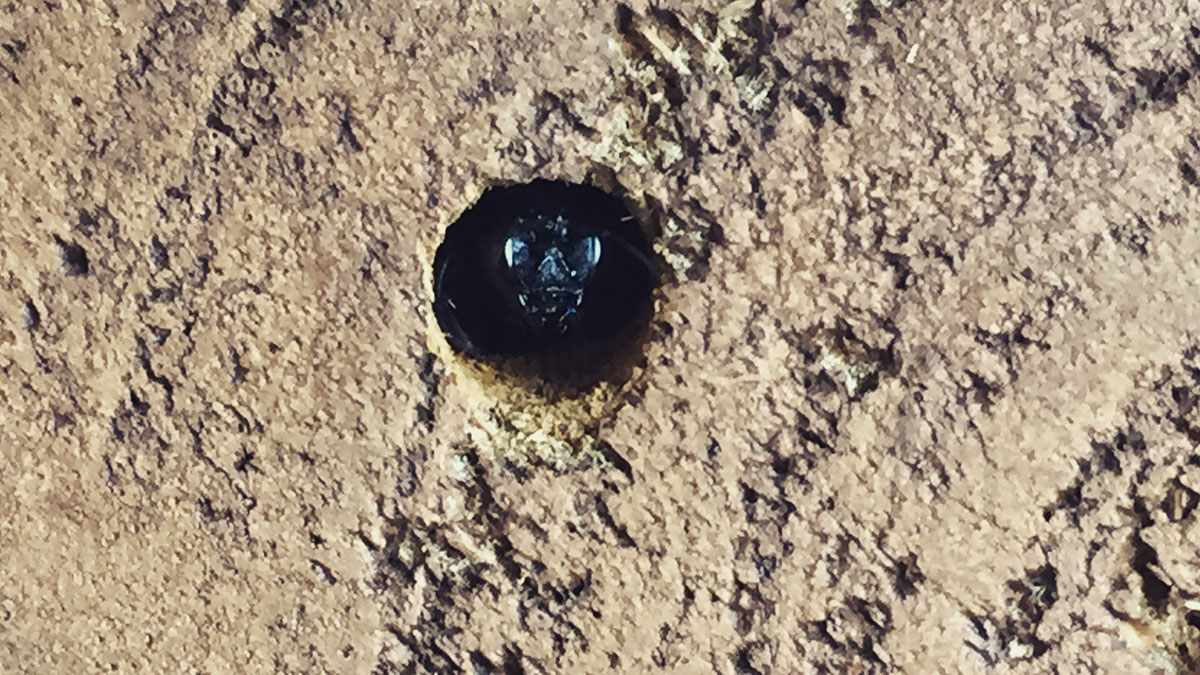
Don’t disturb carpenter bees. You may begin to see carpenter bees becoming more active now; these guys are fantastic pollinators, so don’t discourage them from their job. There are actually seven varieties of carpenter bee that live in the Southwest, and they play a substantial role in pollinating the wildflowers in our desert basin and foothills. Here in the desert, the females create nests in the flowers of sotol (Dasylirion spp. and cvs., Zones 8–11), yucca (Yucca spp. and cvs., Zones 4–11), and agave (Agave spp. and cvs., Zones 5–11). They also create nests in dead trees and firewood piles. They are super beneficial to the beauty that surrounds us, so if you find them, leave them be!
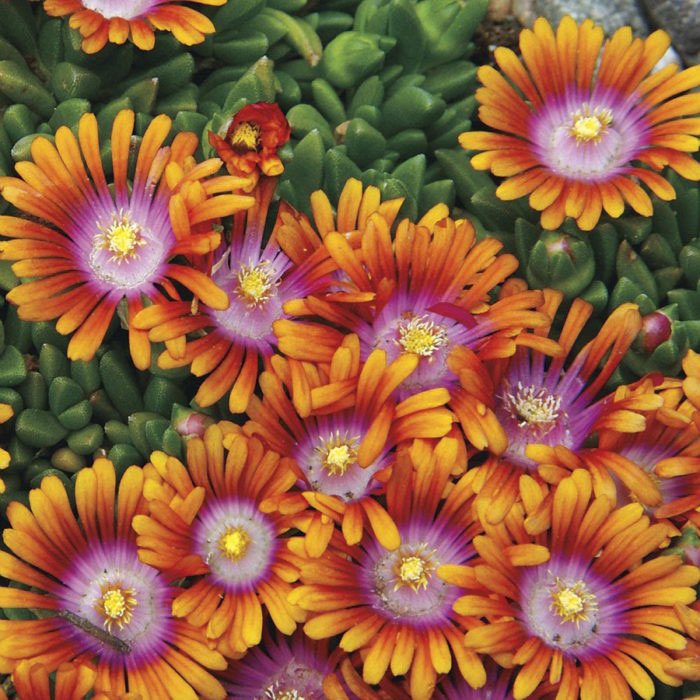
Move potted ice plants to a shadier spot in your garden for the rest of the summer. They also require less water beginning in April. Ice plants (Delosperma spp. and cvs., Zones 5–11) add the perfect pop of color to our Southwest gardens, and depending on where you are in the region, your ice plants may have already started blooming; hopefully they will continue to do so throughout the summer. Be sure to avoid overwatering them, as they are quite sensitive to root rot.
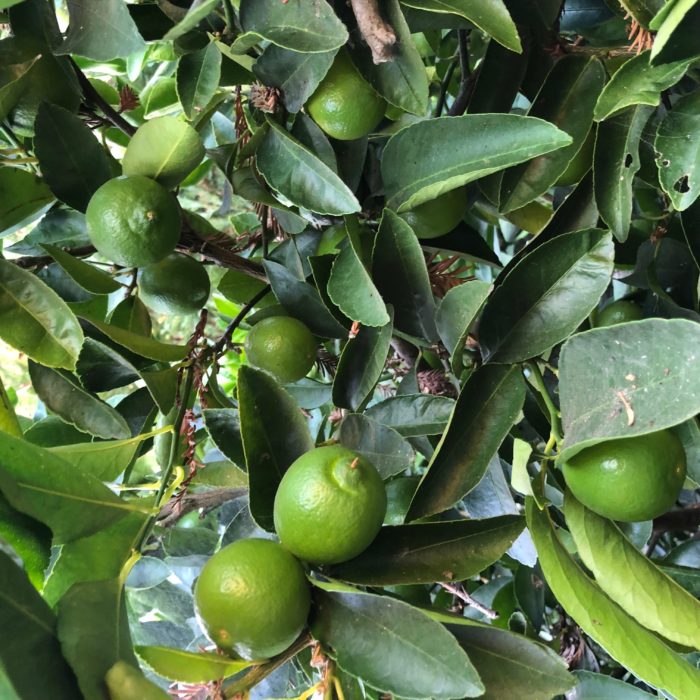
Now is the perfect time to plant some citrus. We recently found a great deal on four organic citrus trees. We decided to go for a variety of different fruits, so we ended up with a lime (Citrus × latifolia), a lemon (Citrus × limon), a grapefruit (Citrus × paradisi), and a mandarin (Citrus reticulata), all hardy in USDA Zones 9–11. They’re all dwarf or semi-dwarf, meaning that they’ll stay smaller once they’re fully grown. Since our trees are in containers surrounding a patio, we figured it was a better choice to keep them on the petite side. We chose frost-resistant pots to ensure that we wouldn’t be replacing the containers anytime soon. We also used citrus-specific soil that we purchased at our local nursery. When planting citrus trees, be sure that the roots are just below the soil but the crown is sitting just above it. Luckily we had some nearby drip lines that we were able to extend to the trees, which makes our lives a bit easier. We’re already dreaming of the sweet smells they’ll produce when in bloom. Read more about growing citrus in the Southwest.
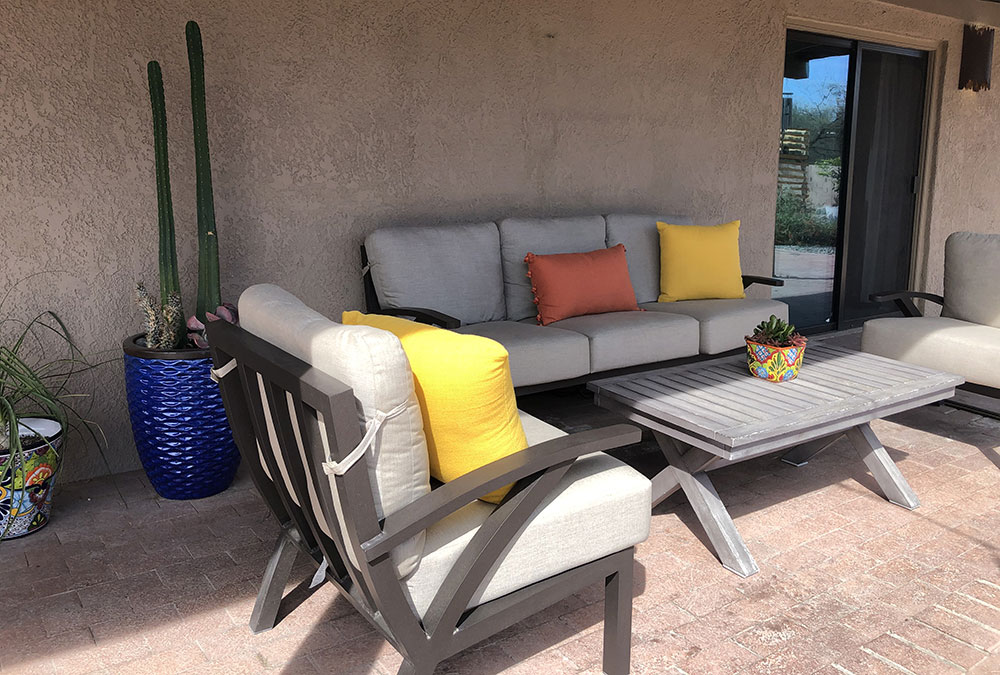
Invest in some outdoor furniture. Maybe you’ve always wanted a couple of Adirondack chairs near your gardens, a lounge chair by your pool, or a hammock on which to lull yourself to sleep on a warm afternoon. Comfortable outdoor furniture is a must in our world. This time of the year makes us all appreciate why we put up with the dreadful heat in the summer months. The birds are singing and the breeze is blowing, so enjoy just relaxing and watching your gardens beginning to bloom.
—Sheila Schultz and Laurel Startzel are a mother-daughter duo who founded Denver Dirty Girls Container Gardening while living in Denver and have continued their business since moving to Tucson, Arizona.


















Comments
Log in or create an account to post a comment.
Sign up Log in